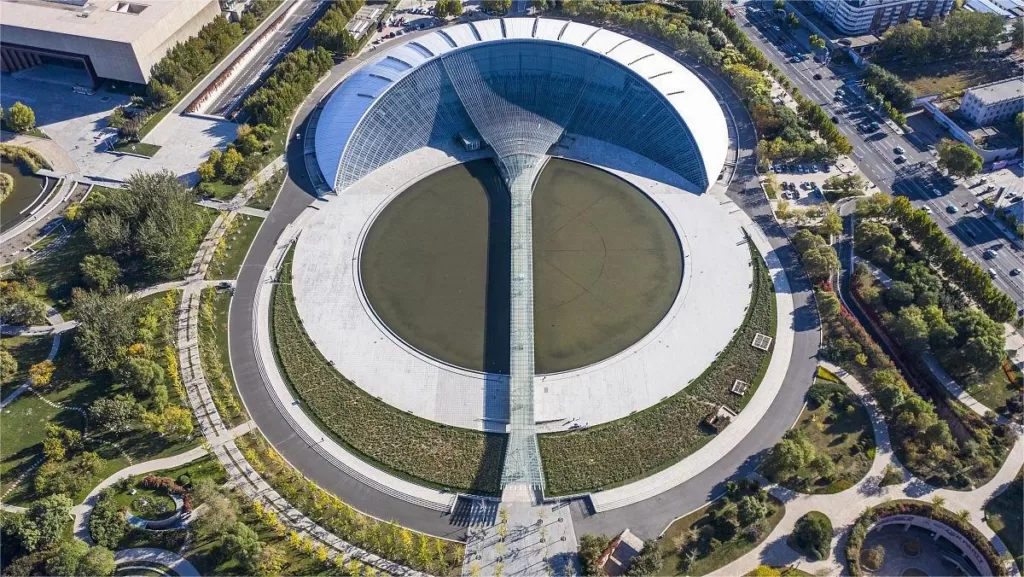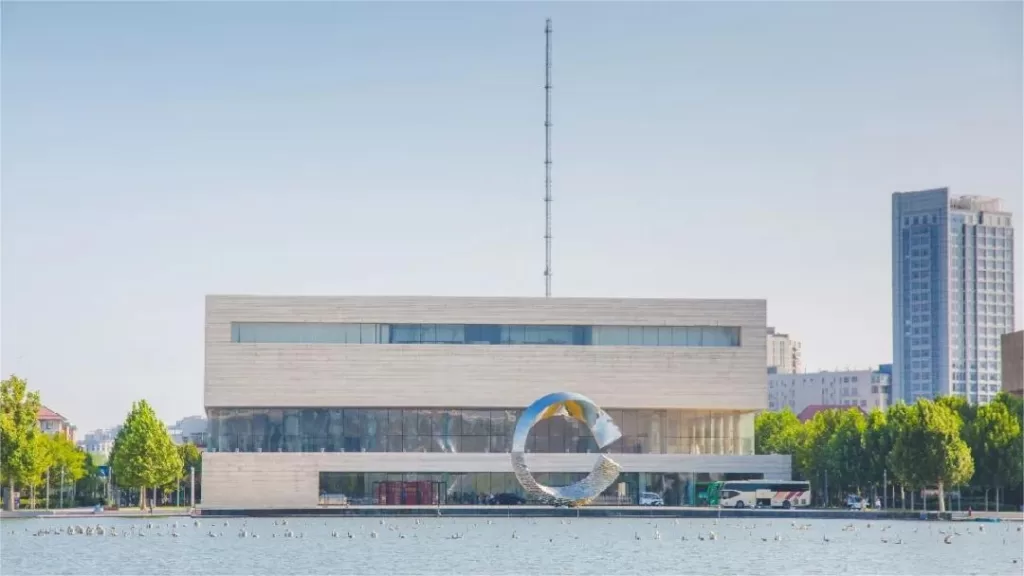The Tianjin Museum (天津博物馆) is a prestigious cultural institution located in Tianjin, China. Established in 2004 by merging Tianjin Museum of Modern History (天津历史博物馆) and Tianjin Art Museum (天津艺术博物馆), it stands as a beacon of art, history, and heritage in the city. Nestled in the heart of Tianjin’s Hexi District, the museum showcases the rich cultural and historical tapestry of the region.
The museum’s stunning architectural design is a fusion of traditional and contemporary elements. Its grandeur is evident in the blend of Chinese and Western architectural styles, creating a visually captivating landmark. The museum covers an impressive area of over 50,000 square meters, housing an extensive collection of over 200,000 artifacts.
Inside, visitors are transported through time as they explore the museum’s various exhibition halls. From ancient relics to contemporary artworks, the museum presents a comprehensive overview of Tianjin’s cultural legacy. Visitors can admire exquisite ceramics, intricate jade carvings, precious calligraphy, and remarkable paintings that depict the region’s artistic prowess.
The Tianjin Museum also hosts temporary exhibitions, featuring renowned national and international artists, fostering cultural exchange and artistic dialogue. Additionally, the museum offers educational programs, workshops, and lectures to engage visitors of all ages and backgrounds, promoting a deeper understanding and appreciation of Chinese history and culture.
Table of Contents
- Basic Information
- Location and Transportation
- Highlights of Tianjin Museum
- Vlog about Tianjin Museum
- Useful Tips Summarized from Reviews
- Attractions near Tianjin Museum
Basic Information
| Website | https://www.tjbwg.com/ |
| Estimated length of Tour | 2 – 3 hours |
| Ticket Price | Free |
| Opening Hours | 9.00 – 16.30; Last admission: 16.00 |
| Telephone Number | 0086-022-83883000 |
Location and Transportation
The Tianjin Museum is located in the southern part of Tianjin. Specifically, its address is No. 31, Youyi Road, Hexi District, Tianjin, China. To get there, you can choose the following ways:
Bus: Take bus 47, 655, 668, 686, 835, 868, or 912, get off at Tianjin Museum Stop (天津博物馆站), and walk about 50 meters to the east to reach the museum.
Metro: The nearest metro station to Tianjin Museum is Leyuan Road (乐园道) on line 6. After getting out of the station from Exit D1, walk about 600 meters to the southwest to reach the museum.
Highlights of Tianjin Museum
Vast Collection
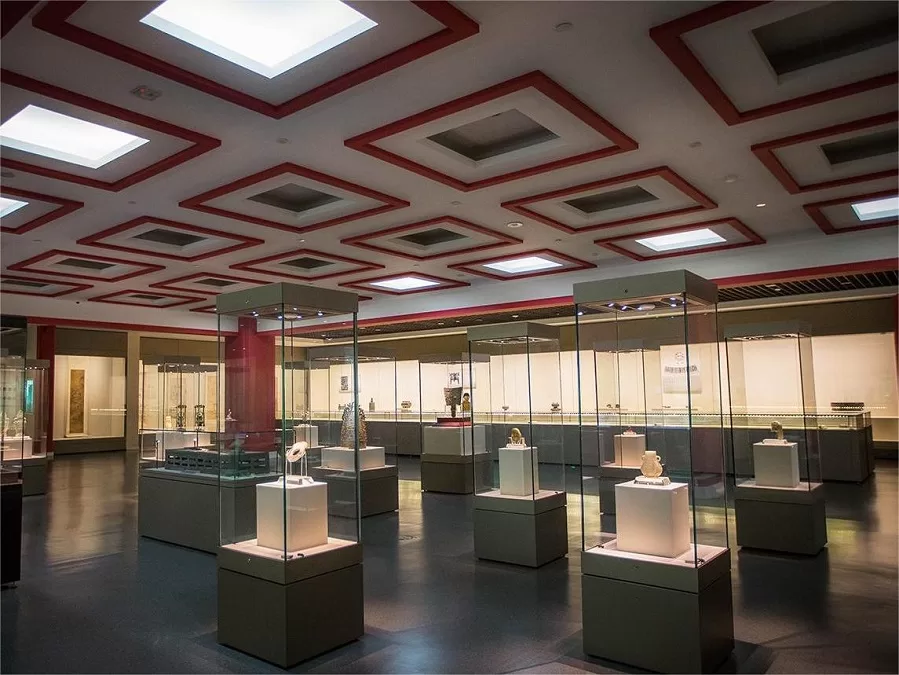
The Tianjin Museum boasts a vast collection of over 200,000 artifacts that span various historical periods. This expansive collection includes ancient bronze vessels, intricate jade carvings, delicate porcelain, exquisite calligraphy and paintings, cultural relics representing diverse ethnic groups, and more. Visitors can immerse themselves in the rich tapestry of Chinese history and culture as they explore the museum’s extensive displays. The diverse range of artifacts provides a comprehensive overview of Tianjin’s cultural heritage and offers a captivating glimpse into the artistic and historical achievements of the region.
Architectural Marvel
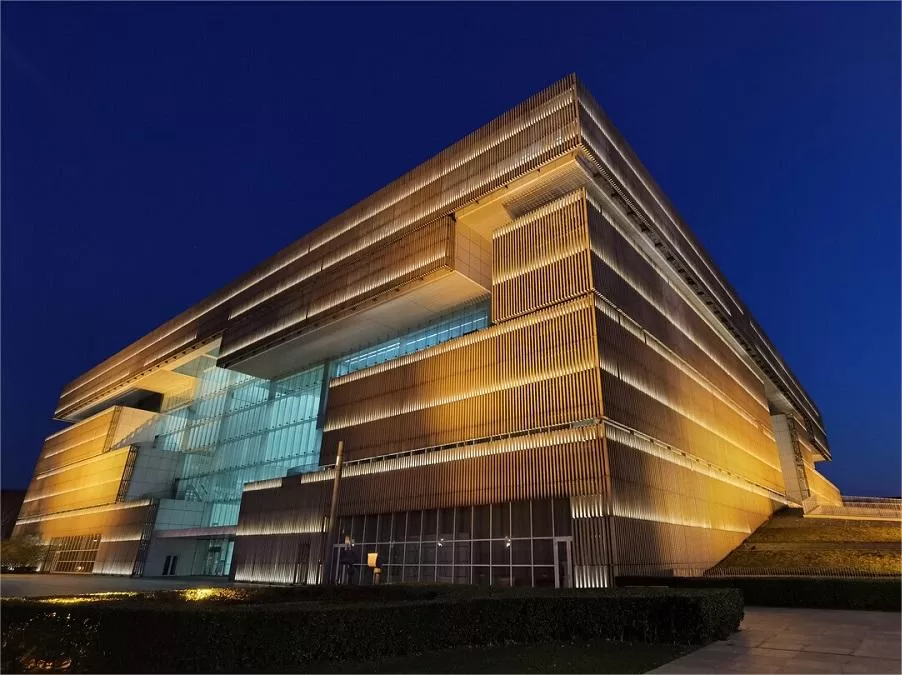
The architecture of the Tianjin Museum is a mesmerizing blend of traditional Chinese elements and contemporary design. The building’s exterior showcases sweeping curves, sharp angles, and intricate details that evoke a sense of grace and grandeur. The integration of glass, stone, and metal creates a harmonious composition, while the strategic use of natural light and open spaces enhances the overall ambiance. Inside, the museum features spacious exhibition halls, soaring ceilings, and a thoughtfully designed layout that allows for the seamless flow of visitors. The architectural brilliance of the Tianjin Museum is a true testament to the harmonious coexistence of tradition and modernity.
History of Tianjin
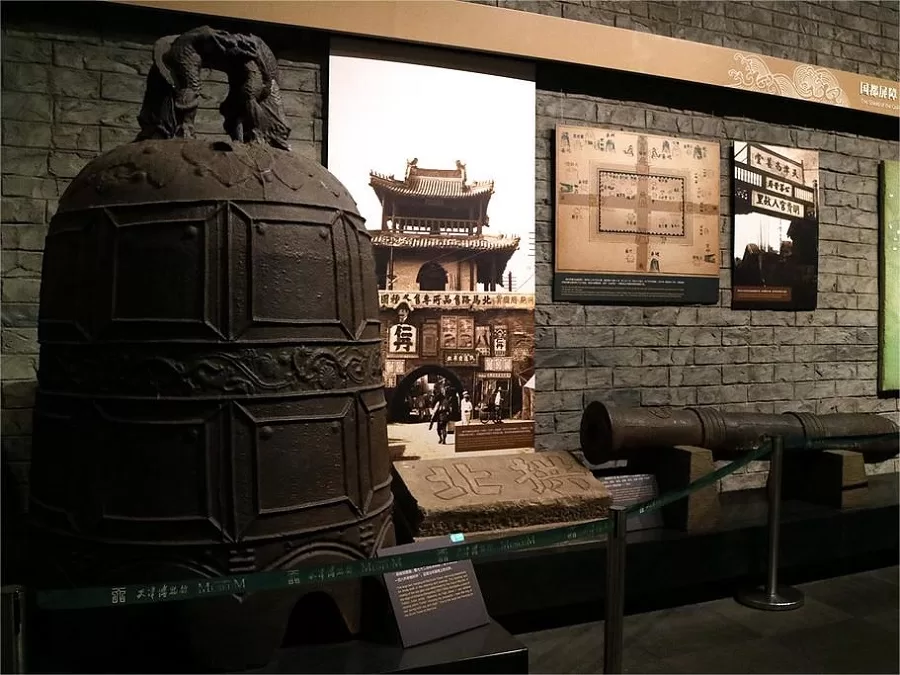
The Tianjin Museum’s history display offers a fascinating journey through the rich historical tapestry of Tianjin. Through carefully curated artifacts, photographs, and multimedia presentations, visitors can explore the city’s past from ancient times to the present. The exhibition highlights significant events, cultural exchanges, and economic developments that have shaped Tianjin’s trajectory over the centuries. It showcases the city’s role as a vital port, its involvement in various historical periods, and its transformation into a modern metropolis. The history display provides a comprehensive understanding of Tianjin’s past, illuminating the city’s cultural heritage and its significance in China’s history.
Cultural Relics
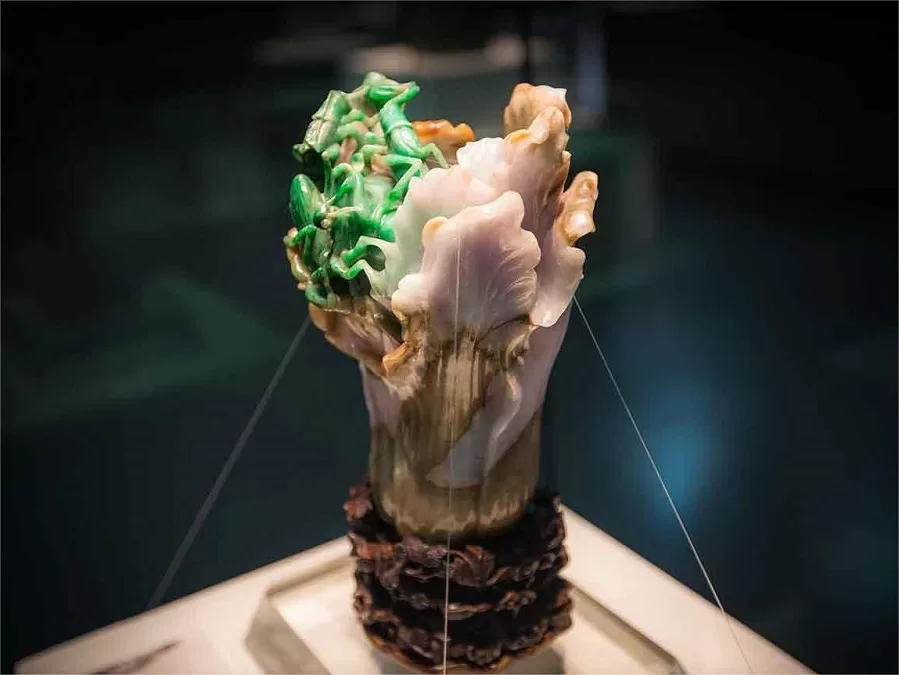
The Tianjin Museum houses a captivating collection of cultural relics that offer a profound insight into the region’s rich heritage. The exhibit features a diverse array of artifacts, including ethnic costumes, traditional musical instruments, religious relics, and archaeological findings. These cultural relics depict the cultural diversity and social customs of Tianjin’s multiethnic past. The collection showcases delicate craftsmanship in ancient bronze wares, exquisite pottery, and intricate jade carvings. Additionally, visitors can explore ancient calligraphy and paintings that display the artistic mastery of past generations.
Vlog about Tianjin Museum
Useful Tips Summarized from Reviews
Popular Souvenirs: Notable souvenirs within the museum include museum passports and postcards. Postcards are priced at ¥10 each, while the passports come in red and blue varieties, costing ¥50 per book. The advantage of the passport is the ability to collect more stamps.
Optimal Visiting Strategy: Explore the museum from top to bottom for the best experience, as the the best items are displayed on the upper floors. Recent exhibitions, such as those featuring jade and ceramics, are located on the fifth floor.
Collecting Paper Tickets: Visitors interested in collecting paper tickets as mementos can obtain them at the service desk on the left side of the exhibition hall.
Restrictions on Lighters: Note that lighters are not allowed inside the museum.
Special Atmosphere at the Museum Café: The museum café offers a unique ambiance. While the coffee and food are relatively ordinary, the prices are reasonable, with soft drinks priced at ¥5 per cup. It’s a pleasant place to sit and relax.


